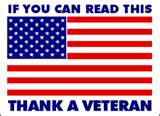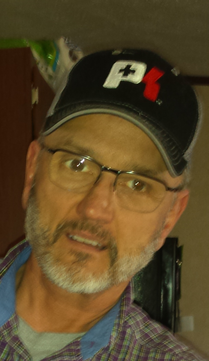Fall Protection Myths
1.) You can tie a lanyard around a handrail or an I-beam and clip it back to itself. – The safety hasps on an average lanyard are not rated for this application. In fact by doing this you reduce the capacity of the lanyard to the safety hasp’s 350 lb rating. That means it won’t hold you if you fall. There are lanyards rated specifically for this (the ones I’ve seen have a square head), but don’t make any assumptions.
2.) The chest strap is not really that important. – Many contractors do not understand the importance of the chest strap and fail to buckle it (which is a huge mistake, others don’t even realize it is a chest strap). The correct position of the chest strap is the nipple line (if it is too high – it can break your neck in a fall; too low and it could cause damage to internal organs; and if it is not clipped you can slip out of the harness).
3.) Multiple lanyards are O.K. – Some workers tie two or three lanyards together and think this practice is allowed. IT IS NOT! You may use two single lanyards or a double lanyard to ensure 100% tie off (where you secure the second lanyard before removing the first) but you should never tie lanyards together. Self-retracting lanyards are available for this purpose.
4.) Fall protection is only needed when the fall hazard is greater than 6 feet. – MSHA does not have a six foot rule. 15005 states ‘safety belts (harnesses) and lifelines shall be worn when persons work where there is a danger of falling.’
Some Misconceptions
1.) MSHA doesn’t address confined space entry. – MSHA does address confined space entry (indirectly) in at least a half-dozen different standards (e.g., .5005; .15005, 16002, .18002; .18013; etc.). MSHA also published an article titled "Working Confined Spaces" as an Occupational Illness and Injury Prevention Program Health Topic. The recommendations closely follow OSHA regulations.
2.) Smooth shafts don’t need to be guarded. – .14107 specifically states ‘moving machine parts shall be guarded to protect persons from contacting gears; sprockets; chains; drive, head and tail pulleys; flywheels; couplings; shafts; fan blades and similar moving parts that can cause injury.
3.) A dust mask works for respiratory protection. – MSHA and OSHA agree a dust mask doesn’t cut it! You need at least four points of contact so industrial dust masks (aka disposable respirators) must have two straps. Employees wearing these disposable respirators must use both straps to get the required protection otherwise they are misusing PPE and that could result in a citation.
4.) You only need to set the park brake if you are parked on a grade. – .14207 requires operators to set the park brake before leaving the cab (a good rule for OSHA-regulated folks, too!). If parked on a grade, the operator must chock the wheels or turn them into the bank.
5.) I don’t need cutting goggles or a tinted face shield with a cutting torch. – .15007 says otherwise. And don’t forget to have a fire extinguisher handy, too! That is another requirement.
Wednesday, March 19, 2008
Subscribe to:
Post Comments (Atom)


No comments:
Post a Comment